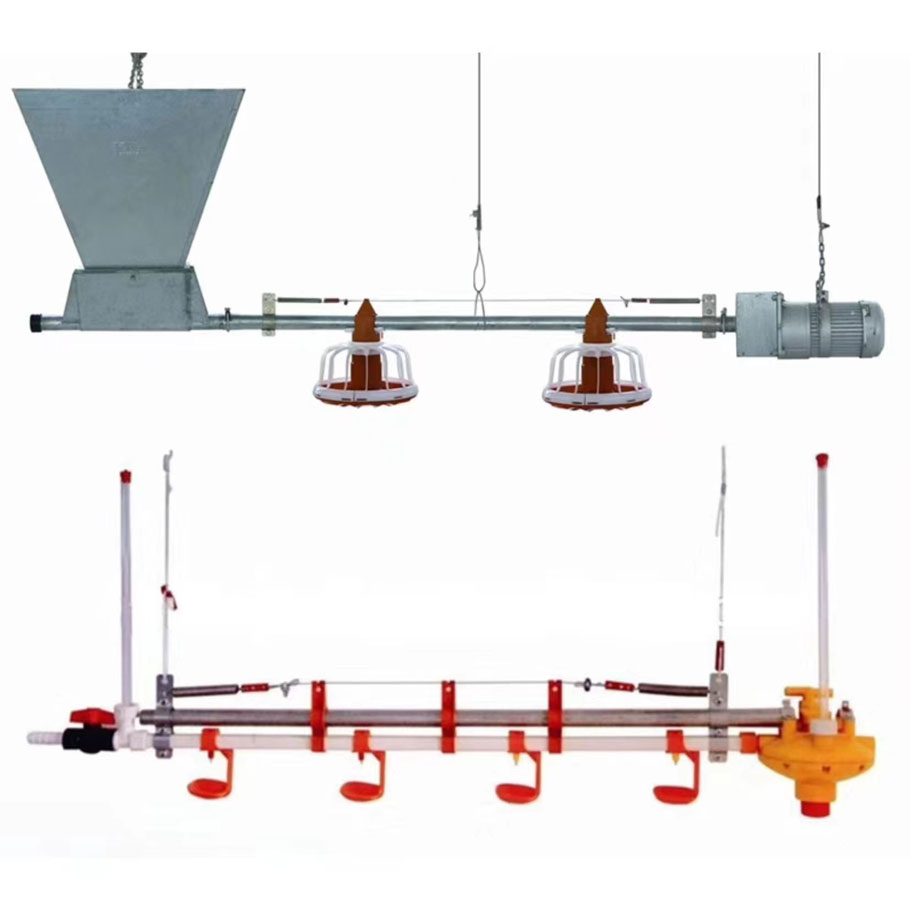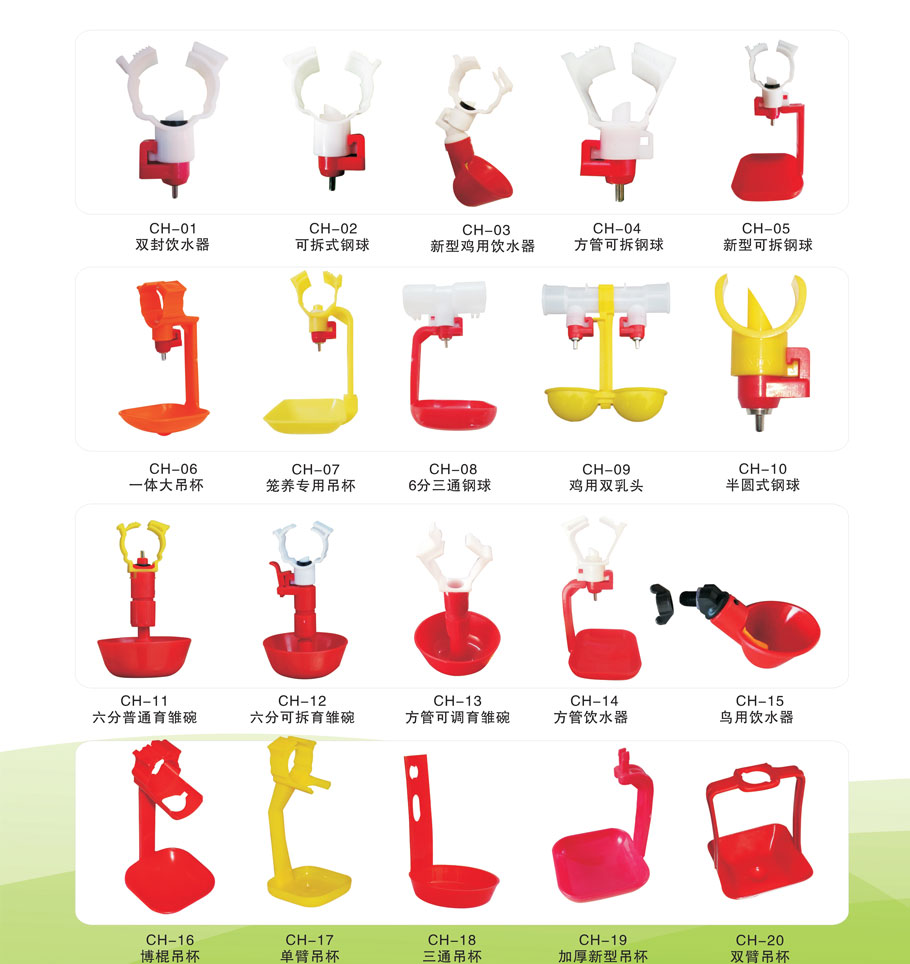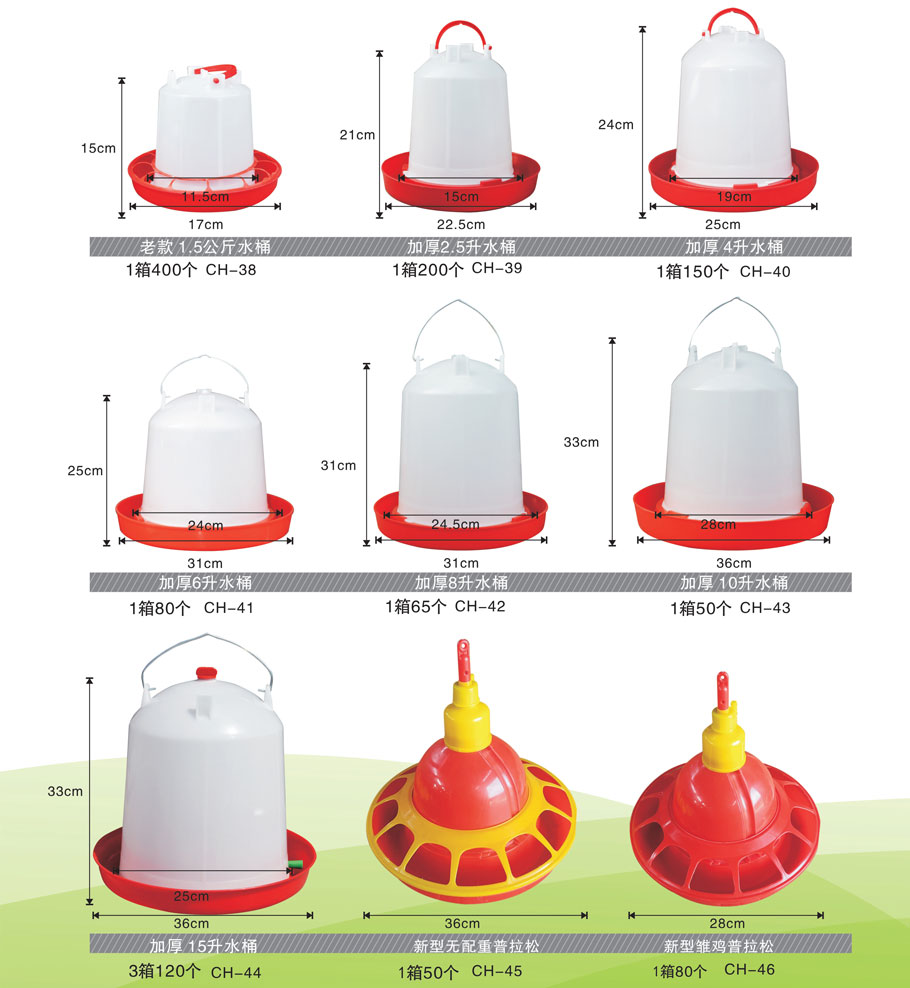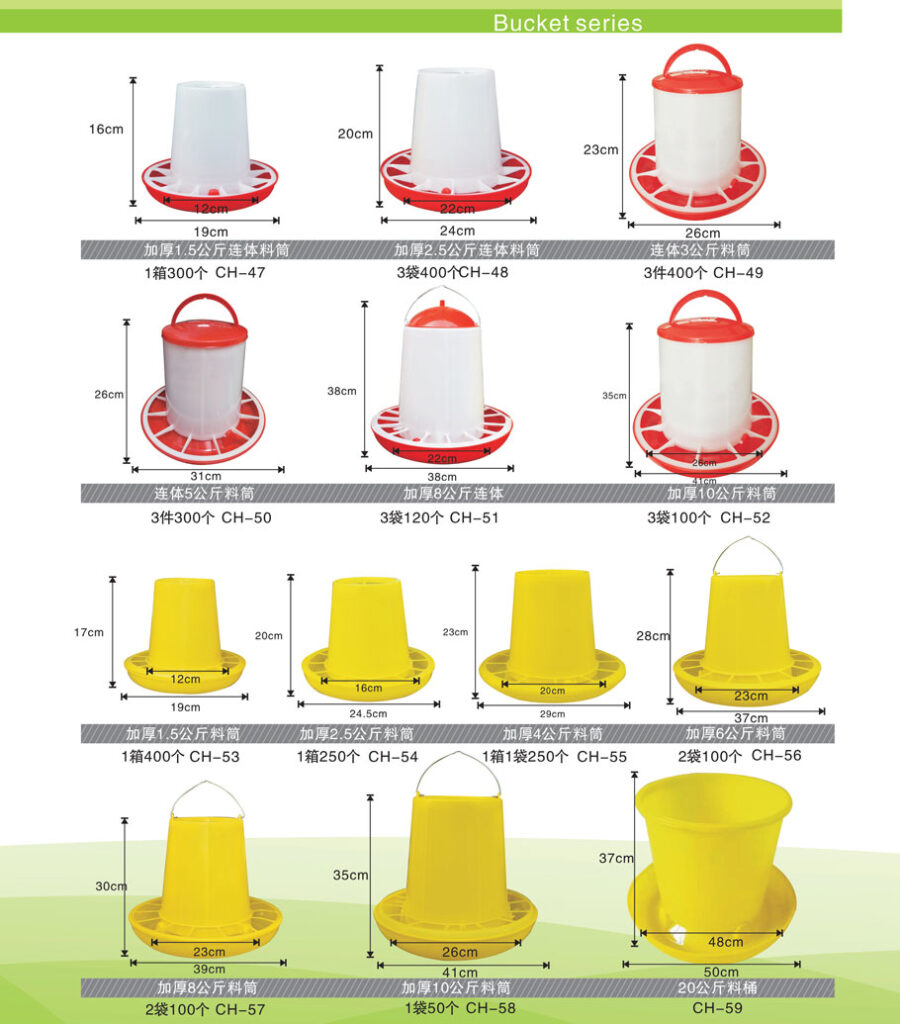Here is the optimized version:
Over the past few decades, the poultry industry has made significant advancements, driven by the need to boost productivity and efficiency while maintaining high standards of animal welfare. Among these innovations, the automatic feeding systems stands out as a game-changer. This technology revolutionizes poultry farming by offering numerous benefits, such as better feed management, lower labor costs, and improved bird health. In this article, we will delve into the core aspects and advantages of poultry automatic feeding systems and examine their impact on modern farming practices.
What is a Poultry Automatic Feeding Systems?
A poultry automatic feeding system is a network of machinery designed to deliver feed to poultry in a controlled and automated manner. Typically, these systems consist of feed storage units, conveyors, feeding lines, and distribution mechanisms. By programming the system to dispense specific quantities of feed at scheduled intervals, poultry can receive the optimal amount of nutrition needed for growth and productivity.
Key Components
Feed Storage Bins: Large containers designed to store poultry feed, keeping it fresh and free from contaminants.
Conveyors and Augers: These mechanisms transport feed from the storage bins to the feeding lines, ensuring a consistent flow.
Feeding Lines and Hoppers: Feeding lines distribute the feed throughout the poultry house, while hoppers attached to these lines dispense feed into feeding trays or directly onto the floor.
Control Units: Serving as the system’s brain, control units schedule feed distribution, monitor feed levels, and adjust feeding times based on poultry needs.
By integrating these components, a poultry automatic feeding system streamlines the feeding process, enhances efficiency, and supports optimal poultry health and productivity.

Benefits of Using Feeding Systems
Increased Efficiency: Automatic feeding systems significantly reduce the amount of manual labor required in poultry farming. This allows farmers to focus on other important tasks, thereby increasing overall farm productivity.
Improved Feed Management: These systems ensure that feed is distributed evenly and accurately. Reducing wastage and ensuring that all birds receive adequate nutrition. This precise feed management can lead to better growth rates and higher yields.
Enhanced Animal Welfare: Consistent and timely feeding improves the health and well-being of the poultry. Automated systems can be adjusted to feed birds at optimal intervals, which helps in maintaining their natural feeding behaviors and reducing stress.
Cost Savings: By optimizing feed usage and reducing labor costs, automatic feeding systems can lead to significant financial savings over time. Additionally, healthier birds translate to fewer veterinary costs and higher-quality products.

Impact on Modern Poultry Farming
Integrating automatic feeding systems into poultry farming has profoundly transformed the industry. Modern poultry farms are now more efficient, cost-effective, and capable of producing higher-quality products. Additionally, these systems generate valuable data that provide insights into feeding patterns and bird health. This information enables farmers to make informed decisions and optimize their operations further.
Furthermore, automatic feeding systems contribute significantly to sustainable farming practices. By minimizing feed waste and improving resource management, these systems help reduce the environmental footprint of poultry farms. This improvement aligns with the growing consumer demand for sustainably produced food products, enhancing the industry’s overall sustainability.


Conclusion
Poultry automatic feeding systems are a game-changer in the poultry industry. They offer a multitude of benefits. Including increased efficiency, improved feed management, enhanced animal welfare, cost savings, and scalability. As technology continues to advance. These systems will become even more integral to modern poultry farming, driving innovation and sustainability in the industry. Embracing automatic feeding systems is not just a step towards improved productivity. But also a commitment to the future of sustainable and efficient poultry farming.


